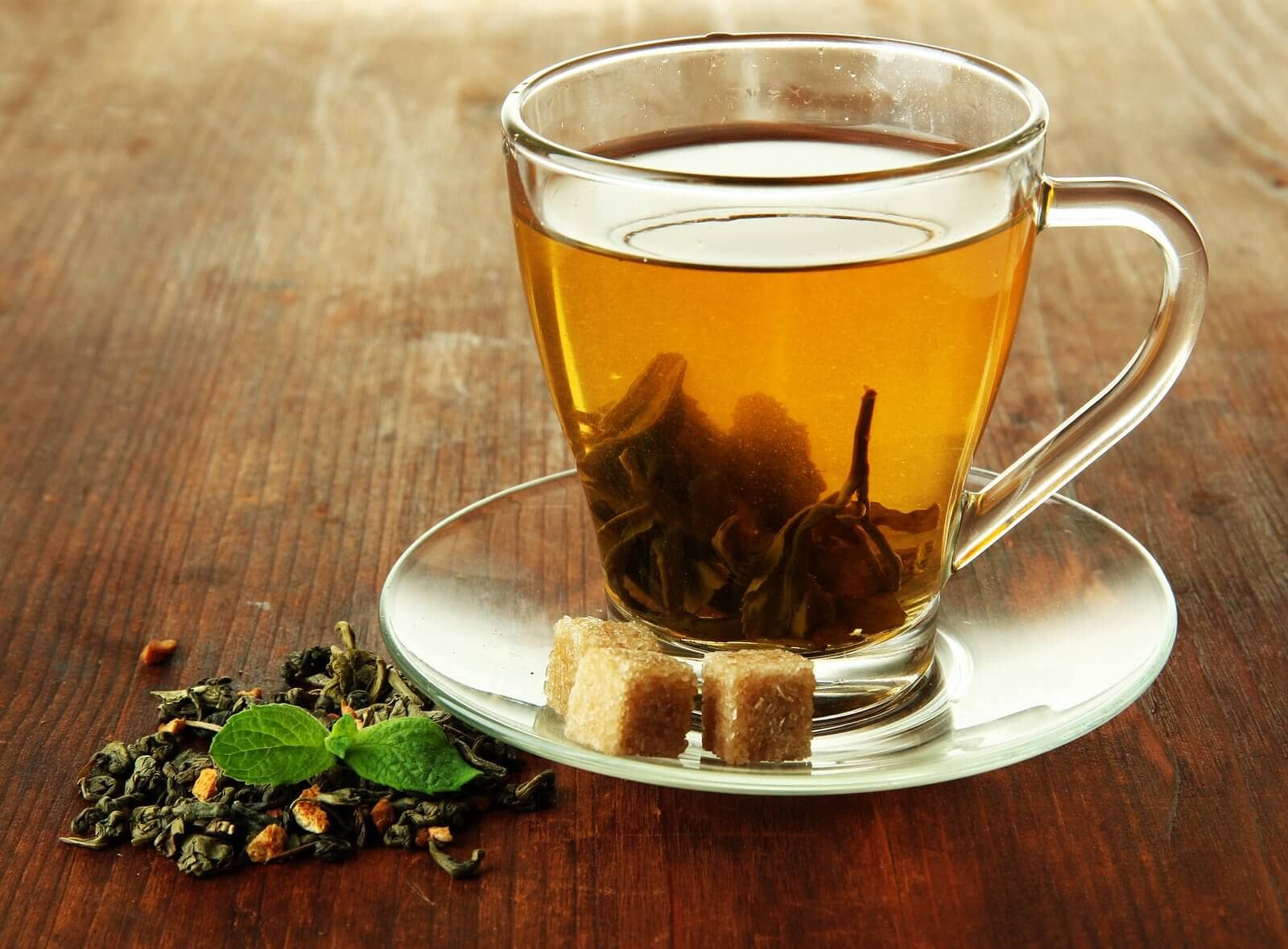
#CAFFEINATED TEAS SKIN#
Inflammatory skin conditions: Studies have found that green tea and the EGCG it contains appear to help reduce inflammation.This could be due to the tea’s polyphenols, micronutrients found in plants. Anti-carcinogenic properties for skin cancer: Human, in vivo, and in vitro research has found that green tea may help in the chemoprevention of UVB-induced skin cancer.Green tea may have health benefits, including: The caffeine in green tea ranges between 24 and 39 mg per 8-fl oz serving.Īccording to the Department of Agriculture, per 100 g, green tea contains no fats, sugars, or fiber and contains: It may also help with heart disease, as research shows that oolong tea may lower cholesterol, which can lower the risk of heart disease. Research from animal studies suggests that regularly drinking oolong tea and other types of tea may help with weight loss due to the antioxidant EGCG it contains. It contains no fats, sugars, protein, or fiber. Oolong tea contains between 29 and 53 mg of caffeine per 8-fl oz serving. Ovarian cancer : People who regularly drink tea seem to be at a lower risk of developing this type of cancer than those who never or rarely drink tea.Low blood pressure : Caffeinated beverages may help increase blood pressure in older adults who experience low blood pressure after eating.Heart attack: People who drink black tea may be at lower risk of heart attack, while those who have been drinking black tea for at least 1 year may be less likely to die after having a heart attack.

Increased mental alertness: A person may feel more alert and pay better attention if they drink black tea throughout the day due to its caffeine content.However, like other teas, it contains health-promoting flavonoids, phytochemicals, flavonols, theanine, and antioxidant properties. Theanine: This is an amino acid that may help reduce stress.īlack contains the highest amount of caffeine, ranging between 64 and 112 milligrams (mg) per 8-fluid ounce (fl oz) serving.īlack tea does not contain calories, fats, protein, fiber, vitamins, or sugar.Epigallocatechin gallate (EGCG): This is a catechin in black and green teas and a powerful antioxidant.Flavonols: These are a type of flavonoids in tea that are powerful antioxidants.Flavonoids: These are a type of polyphenolic phytochemicals and are also antioxidants.They may boost the immune system and play a role in lowering the risk of cancer and heart disease. Phytochemicals: These plant compounds occur naturally.Antioxidants: These delay or prevent oxidative damage, which helps lower the risk of diseases such as heart disease and cancer.Many teas offer various health benefits, as they contain: The most caffeinated teas are black and oolong teas, with decaffeinated and herbal teas containing very little to trace amounts of caffeine.

The amount of caffeine in a tea varies according to the type of tea. In this article, we look at the most caffeinated teas, top healthy teas with no caffeine, and some of the risks involved in consuming too much caffeine. People consume oolong and white tea in lesser amounts worldwide. In Japan and China, green tea is the most popular.

It consists of the leaves of the Camellia sinensis plant, which, after harvesting, begin to wilt and oxidize. Tea is one of the most popular beverages in the world. Share on Pinterest VISUALSPECTRUM/Stocksy


 0 kommentar(er)
0 kommentar(er)
